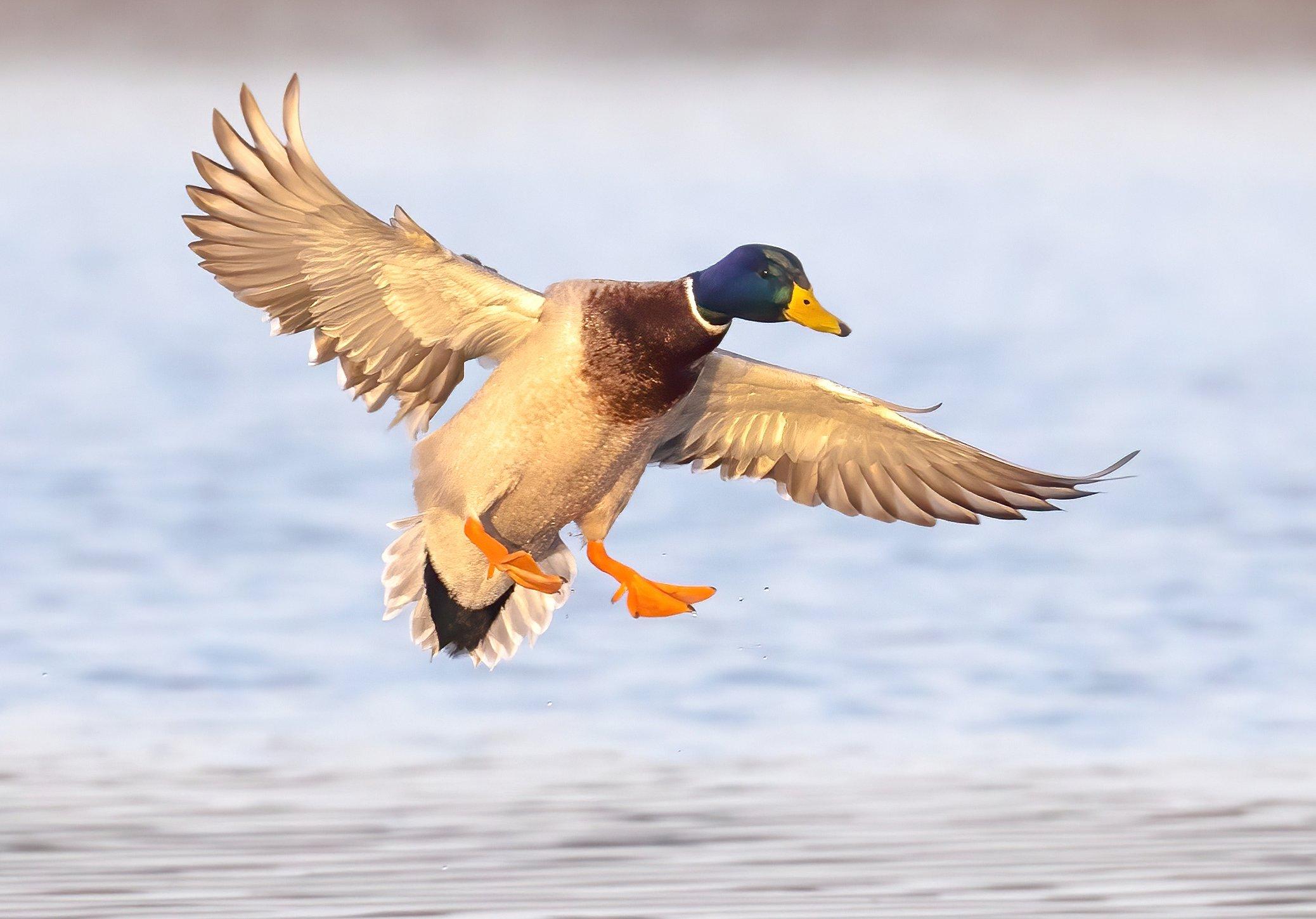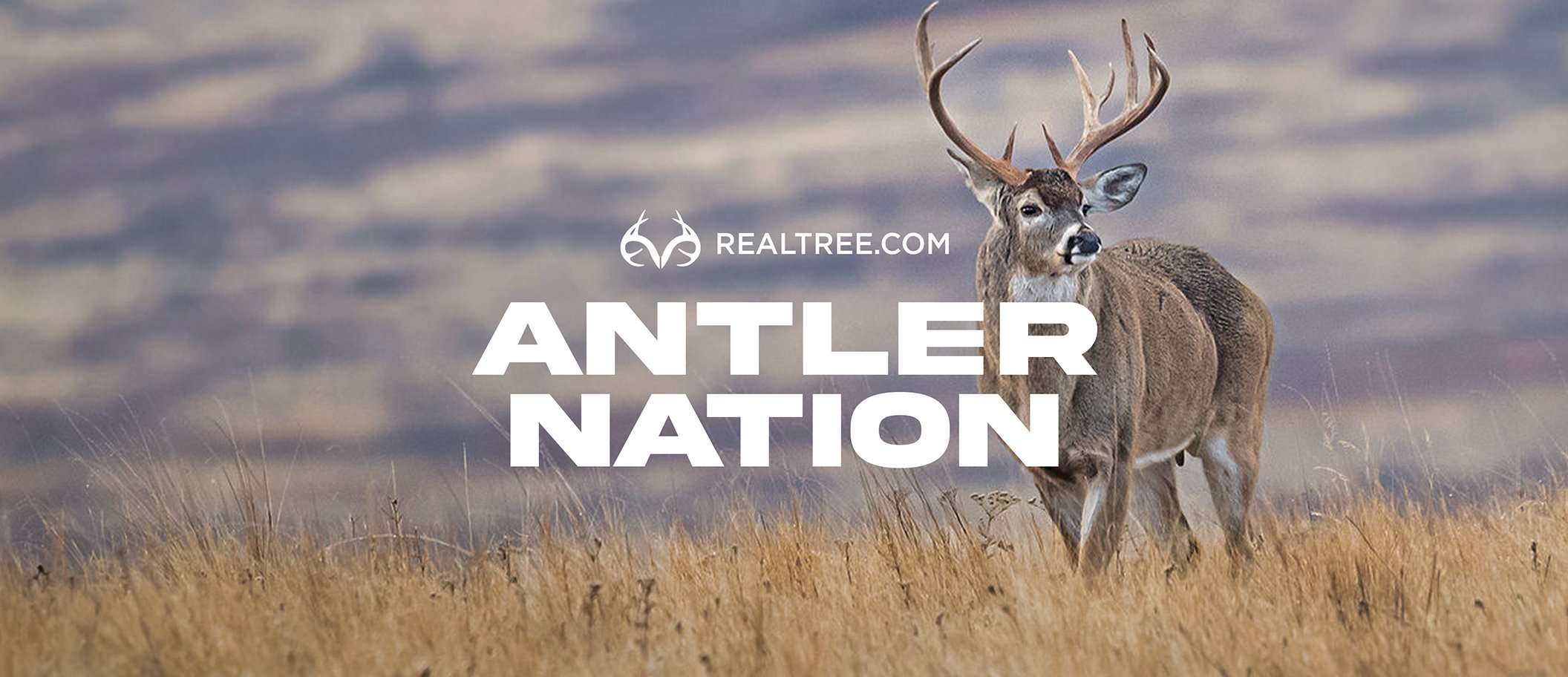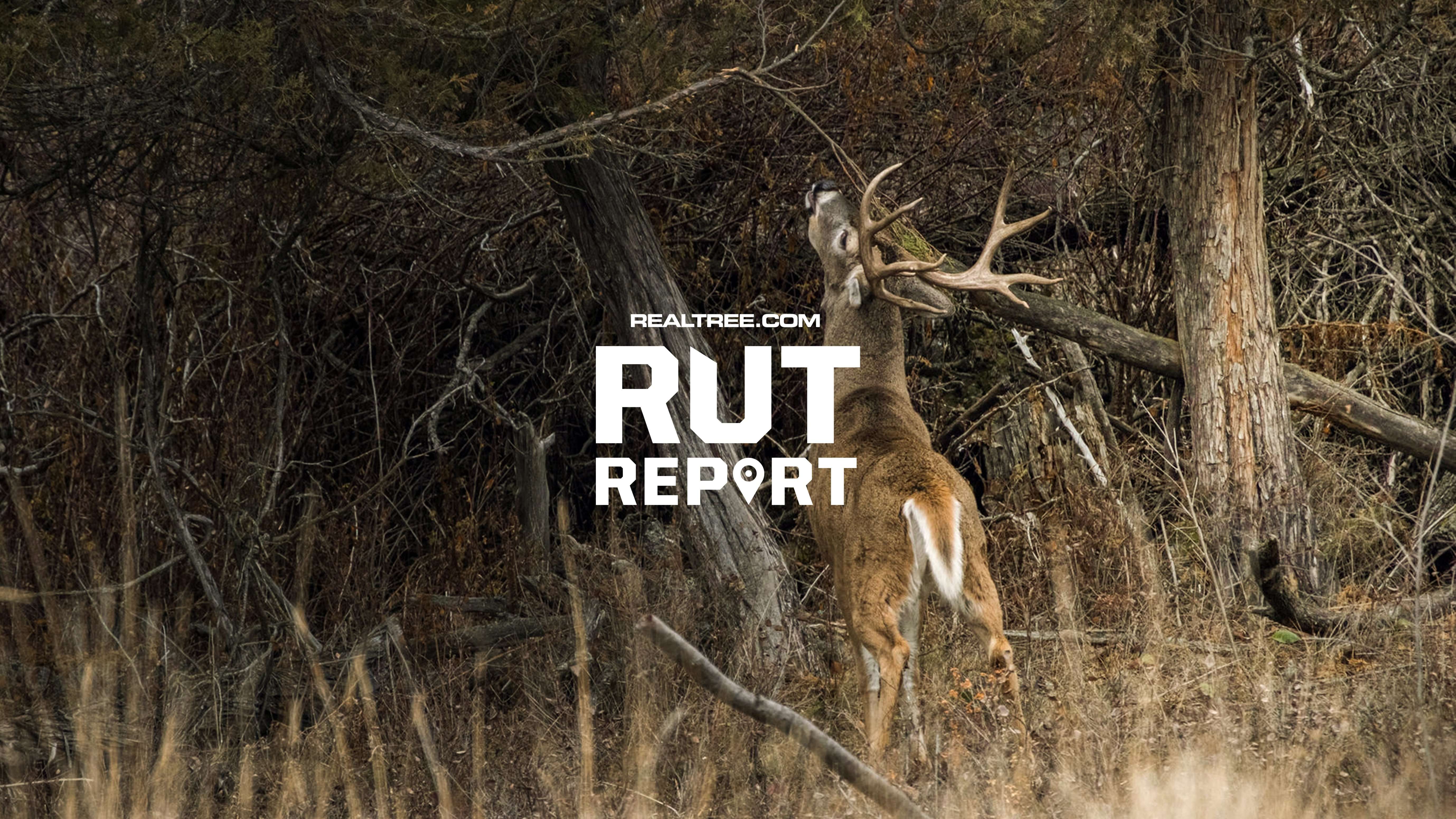Are ducks circling your spread endlessly or flaring before they get into range? Chances are one of these problems is to blame

Pay close attention to how the first birds of the day react to your setup and calling. If they don’t commit, you might need to tweak your approach. Photo by Eduardo Estellez.
Whether you hunt green timber, pit blinds, or dry fields, finishing ducks in your decoys marks the pinnacle of success. And finishing doesn’t just mean that birds swing within shotgun range. It occurs only when ducks drop their feet, arch their wings back and attempt to land in the spread, absolutely convinced your decoys are the real thing.
But that doesn’t happen every day. Some days ducks might frustrate you continuously by working your spread and approaching tantalizingly close only to hit an invisible force field and then flare or make another pass.
Several factors are likely to cause this. Learning to identify and avoid them can help you put more birds sure-kill close.
YOUR HIDE
Nothing wrecks opportunities like poor concealment. If ducks see something amiss, they won’t decoy. This is a simple fix, though. If birds flare, take a moment to assess your hide, looking for anything that seems out of place, and then make adjustments. Maybe you need to move the boat deeper into shoreline cover or angle it so the sun is at your back. Or sometimes, you’ll have to pile more brush or other natural-looking cover atop your skiff or layout blind. Don’t skimp, either. You can rarely have too much cover.
Don’t Miss: Is Hunting Less Often the Key to Shooting More Mallards?
DECOY SPREAD
Sometimes hunters don’t give their spread much thought, or they worry too much about long-range attraction rather than creating a scenario that invites birds to land. Folks have written books about crafting decoy layouts, but here’s a simple bottom line: For puddle ducks, leave a fairly substantial hole where a decent-sized group of ducks will feel comfortable landing. It should be within easy shotgun range of your hide but offset a bit left or right so birds aren’t looking directly at your blind as they approach from downwind. The same general principle applies with divers, but unlike dabblers, they often prefer to fly over their own kind before plopping down. Guide them in with a long downwind tail of decoys that terminates at your kill hole, just before the main mass of decoys. And if possible, set blocks so birds are looking at open water as they come in.
SPINNERS
You might love spinning-wing decoys or hate them, but they can still be effective tools, especially in cut ag fields. Ducks often key on that motion, so set them within easy range of most shooters, often by themselves within an open kill hole.
In any situation, always pay close attention to how flocks react when the spinners are on. If ducks seem hesitant to finish, turn the spinners off to see if that helps. In timber, place spinners so they’re somewhat obscured. Ducks will glimpse some motion but won’t see the full-blown spinner show, which they’ve probably witnessed for weeks while dodging gunshots as they drift down the flyway.
CALLING
Now and then, ducks like to be called all the way to the water. Many other days, it’s far better to work them on the corners and finish them with softer, more subtle sounds, such as single quacks and feeding chatter. Pay attention to what birds seem to want that day, and choose wisely. Hitting a comeback call when ducks have started to commit might blow them out of the hole. Conversely, toning down your calling when birds want to hear duck talk might make them lose interest. The lead caller in your group should make that determination and call accordingly.
Don’t Miss: Three Great Traffic Spots to Try This Duck Season
SHOOTING PREMATURELY
Ducks can’t finish if you won’t let them, and a pit boss with an itchy trigger finger might call the shot the instant birds break within range instead of letting them flutter down sure-kill close. As with calling, such decisions rest on a razor’s edge. See how the first couple of flocks work. If they seem like they want to finish in the hole, be patient and let them. Your shooting percentage will increase dramatically. Of course, when birds seem edgy or skittish, you’ll have to call the shot at the first good opportunity. Again, let the ducks tell you.
THE OTHER GUYS
This might be the toughest hurdle to overcome, especially if you hunt popular areas during weekends. But ducks will simply not finish in your decoys if other hunters are shooting, moving or perhaps even calling nearby. The simple answer is to hunt spots with less pressure, or to go afield when other people cannot. That’s easier said than done, of course, but being anti-social makes a huge difference, especially when you find relatively unpressured ducks that finish like champs.












